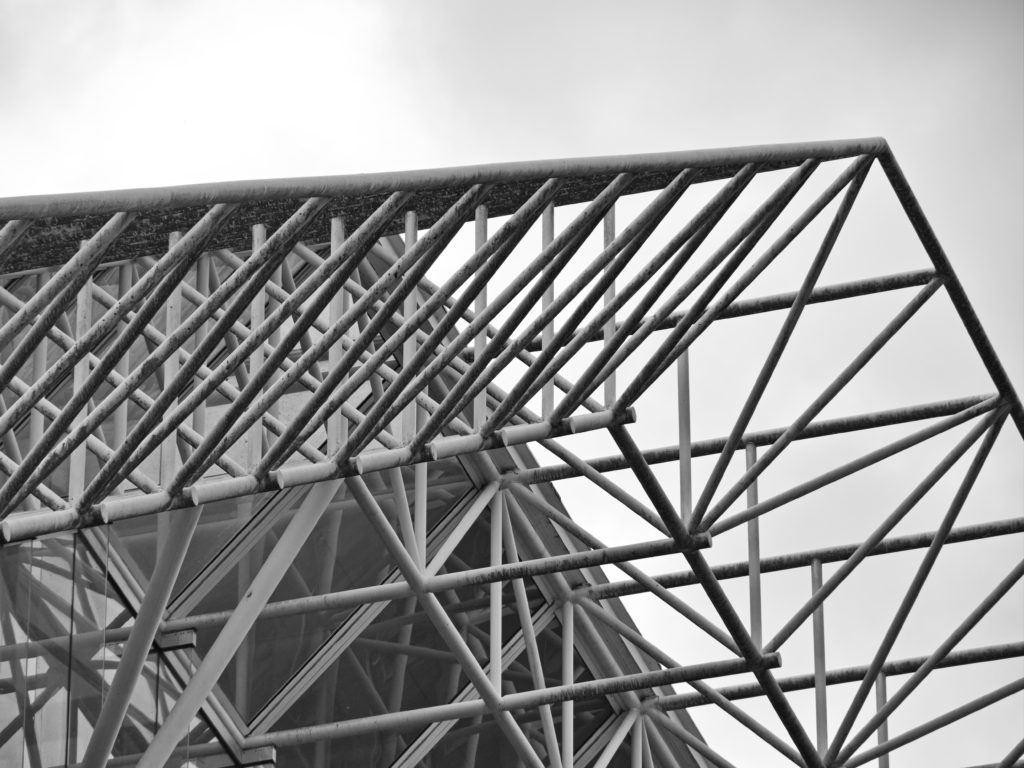When it comes to the most cost-effective insulation, there are three primary factors to consider for construction: its ability to resist heat flow, absorb sound, and protect against fire. Each of these factors is important in different ways, and all three must be considered when choosing excellent insulation for your home or business
What can the most cost-effective insulation do?
The ability to resist heat flow – The material must be able to slow down the movement of heat to be effective. A way to ensure this is by assessing a material’s R-value. The higher the R-value, the better the material resists heat flow.
The ability of the insulation to absorb sound – Soundproofing a building is essential in both homes and businesses, as no one wants to be constantly bombarded by noise. Thus, the chosen insulation material must reduce the amount of sound that passes through it.
The ability of the insulation to protect against fire – This factor is an utmost importance and safety consideration. No one wants a home or business building to be a fire risk. Then, it is vital to get the insulation material that resists the spread of fire to say it is effective.
When all three of these factors are present, it is easy to see why insulation is such a vital part of any home or business. Choosing the most effective type is essential for ensuring that your home or business is as safe and comfortable as possible.
Which insulation type to choose?
Regarding the insulation type, you can choose from the different options available. Make comparisons and analyze which one is better for your building before spending. Some common types of insulation include fiberglass, cellulose, spray foam, and rigid foam.
Fiberglass is one of the most popular types of insulation for construction. It is made from recycled glass and is available in batts or rolls. Fiberglass is easy to install and has a high R-value, making it an effective insulation material. However, it does not resist fire well, and moisture can damage it.
Cellulose insulation is from recycled paper products, such as newspapers. It is available in loose-fill or batts and has a high R-value. Cellulose is also straightforward to install but is less durable than fiberglass. Moreover, moisture can also decay it.
Spray foam insulation is a mixture of chemicals that are sprayed onto the surface of the construction material. It has two types: closed-cell and open-cell. Closed-cell spray foam has a higher R-value and is more effective at resisting heat flow, but it is also more expensive. Open-cell spray foam is less expensive but does not have as high of an R-value.
Rigid foam insulation is made from various materials, including polystyrene, polyurethane, and fiberglass. It can also be in boards or sheets and has a high R-value. Rigid foam is more challenging to install than other types of insulation, but it is very durable and resistant to fire.
Each type has its own edges and drawbacks, so it is important to select the product that best meets the demands of the project.

